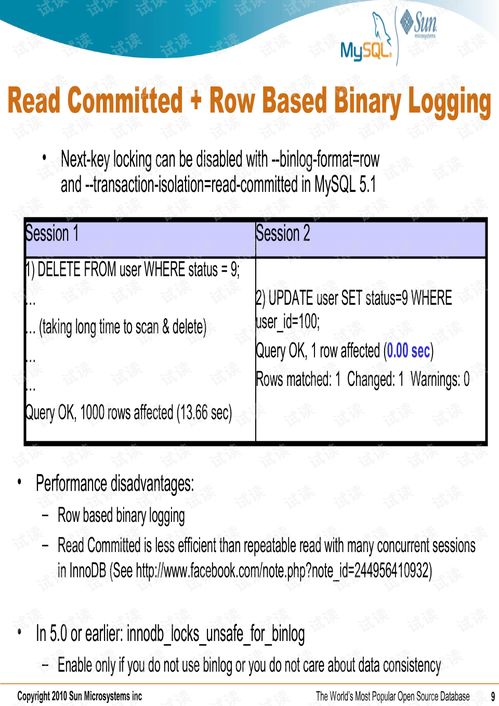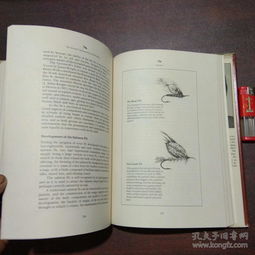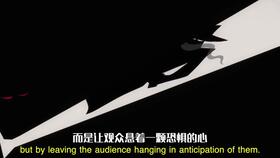The Art of Precise Casting: Techniques for Angling with a Rod
In the world of angling, the skill of casting is as fundamental as it is nuanced. Whether you're a seasoned fisherman or a beginner looking to refine your technique, mastering the art of precise casting with a hand rod is crucial for a successful day on the water. Here's a comprehensive guide to help you understand and improve your casting skills.
Understanding the Basics
Before diving into the specifics of casting techniques, it's important to understand the basic components of a hand rod. A typical hand rod consists of the following parts:
- Handle: The part you hold in your hand, providing the grip and leverage for casting.
- Guides: Small rings that help guide the line through the rod, reducing friction and allowing for smoother casting.
- Tip: The most sensitive part of the rod, which flexes when casting and helps you detect the bite.
- Butt: The thicker part of the rod, which provides strength and stability.
Choosing the Right Equipment
The first step in mastering precise casting is selecting the right equipment. Here's what to consider:
- Rod Length: The length of your rod should be appropriate for the type of fishing you plan to do. Longer rods are better for casting long distances, while shorter rods are more versatile for close-range fishing.
- Line Weight: The weight of your line should match the type of fish you're targeting and the size of your bait or lure.
- Reel: A good reel is essential for smooth casting and retrieving. Choose one that matches the weight of your line and the type of fishing you'll be doing.
The Casting Process
Now that you have the right equipment, let's break down the casting process into manageable steps:
Loading the Rod: Begin by holding the rod with both hands, one on the handle and the other near the tip. Load the rod by bending it at the tip while keeping your wrist straight. This stores energy in the rod that will be released during the cast.
Backcast: Bring the rod back over your shoulder, keeping the line tight. As you bring the rod back, your wrist should be bent at a 90-degree angle. The farther back you can cast, the farther you'll be able to throw the line.

Stop and Power: At the end of your backcast, stop the rod with your wrist. This sudden stop releases the energy stored in the rod, propelling the line forward. The power comes from your wrist and arm, not from a strong backswing.
Forward Cast: As the line leaves the rod, guide it with your fingers to ensure it follows a straight path. Keep your wrist straight and your arm extended to maintain control.
Follow Through: After the cast, continue to move your arm forward and let the rod straighten out. This follow-through helps to ensure a smooth, accurate cast.
Advanced Techniques
Once you've mastered the basic casting process, you can start experimenting with advanced techniques to improve your accuracy and distance:
- Tuning the Rod: Adjust the tension on the guides to ensure the line runs smoothly through the rod. Too much tension can cause the line to snag, while too little tension can lead to line twist.
- Using a Feeder Rod: For fishing in deep water or across currents, a feeder rod can be a valuable tool. These rods are designed to cast heavy feeders or rigs over long distances.
- Adjusting for Wind: Wind can be a significant factor in casting. To cast against the wind, point the rod slightly into the wind and let the wind help propel the line forward. To cast with the wind, point the rod slightly away from the wind and use your wrist to control the line.
Common Mistakes to Avoid
Several common mistakes can hinder your casting technique. Here are some to watch out for:
- Overcompensating: Don't try to force the cast. Let the rod and line do the work.
- Snagging the Line: Be careful not to let the line wrap around the guides or your fingers.
- Inconsistent Technique: Practice regularly to develop a consistent casting technique.
Conclusion
Casting with a hand rod is a skill that takes time and practice to master. By understanding the basics, choosing the right equipment, and refining your technique, you'll be well on your way to becoming a more precise angler. Remember to practice regularly, and don't be afraid to experiment with different techniques to find what works best for you. Happy fishing!












